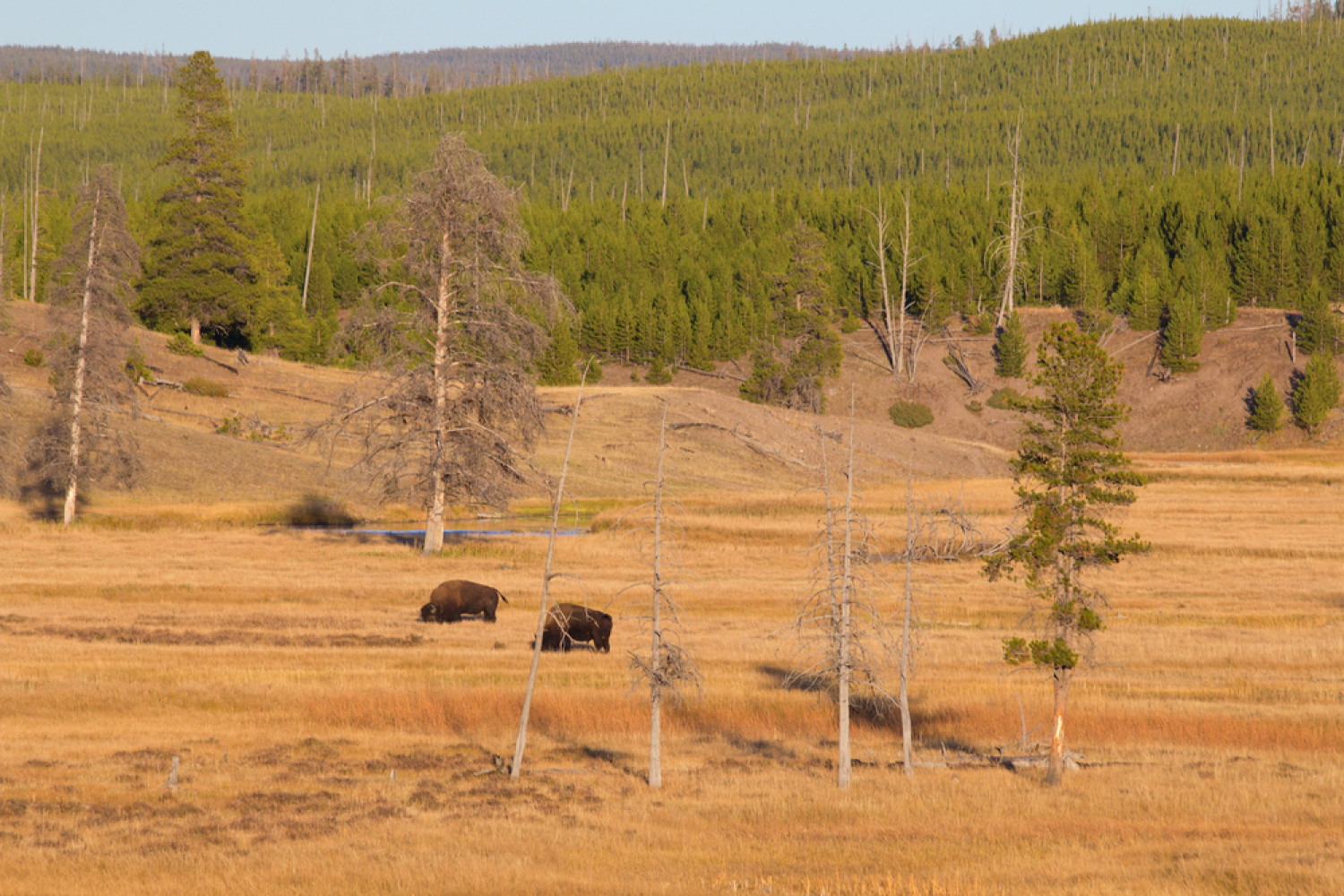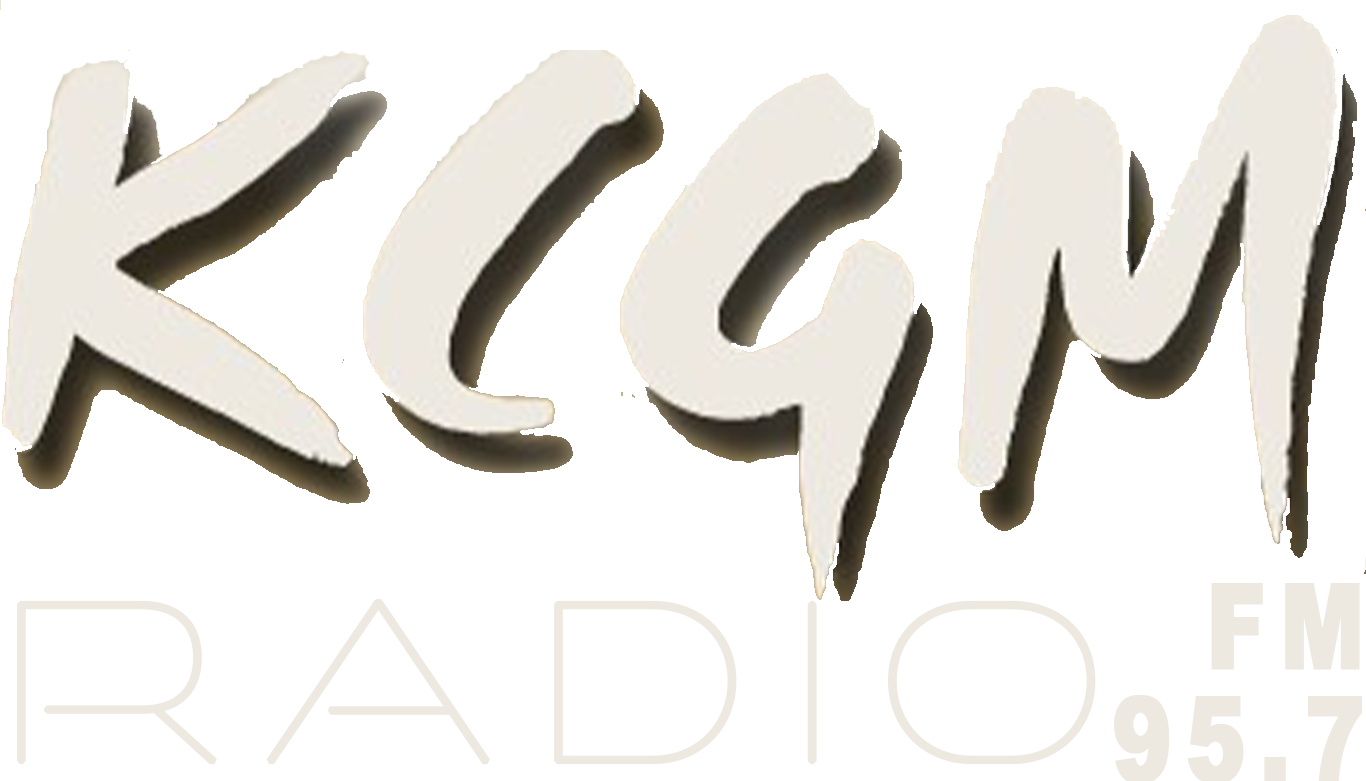

FCC History
In 1967, Scobey, Montana was a small rural town, with a population of about 1400. To this day, the total land area of the town is less than a square mile. Yet Larry Bowler saw potential for this small community and petitioned the FCC for an FM radio station. In March of 1969, the FCC finally responded to the petition, assigning "a channel (239) on 95.7 megacycles upon which to establish a radio station..." By 1969, Bowler began forming the public corporation, Prairie Communications, Inc., which was officially formed by July, 1969.
"This new station will provide a daily communications media over the area which heretofore has been lacking. Moreover, it is essential that this station be owned and operated by people living in the area, in order to pursue intelligently the best interests of the area, in the public interest."
- Larry C. Bowler, Daniels County Leader, March 13, 1969
More than a year later, the FCC finally granted the official permits to build a radio station:
"The Federal Communications Commission... on Wednesday, Sept. 2 (1970)... granted a permit for construction of a new Class C (the best) FM radio 60,000 watt station at Scobey to Prairie Communications, Inc... further authorizing erection of a tower for the antenna slightly in excess of 400 feet at a site on the hills east of Scobey, and studios downtown."
- Daniels County Leader, Sept 10, 1970
The Call Letters
The original selected call letters for this station were KOBY, but was nixed sometime in 1970 when it was discovered KOBY was already taken. The letters KCGM Radio were requested and became official by November, 1970. K is required as the first letter for all radio stations west of the Mississippi River (whereas W is required for those east of the Mississippi.) C stands for cattle, G for grain, and M for minerals. Although a requirement, today, the letter K represents kids.
Largest of it's kind..
As of September, 1970, PCI's plans for a new radio station, and it's 400-ft transmitter tower (expected to transmit 60,000 watts horizontal and vertical) made this the largest radio station of its kind in the state of Montana (at the time.)
Although arriving late, due to a "shipping foul-up," the 400-ft transmitter tower was finally erected n the early months of 1971, on the tallest hill, east of Scobey. In late March of that year, equipment testing began, and people could hear the first signals emitting from the brand spanking new transmitter tower. Transmitting at 52,000 watts horizontal and vertical (less than originally intended,) KCGM was still "newest and farthest reaching radio station of its kind in Montana and surrounding areas."
Meanwhile, before the station could official take over the airways, they had to wait for the FCC go-ahead. Finally, after several years in the making, with FCC approval, KCGM officially went on the air on Monday, June 21, 1971.
HISTORY OF RADIO STATION KCGM
KCGM - HOW AND WHY IT BEGAN
From its first broadcast, on June 21, 1971, Radio Station KCGM fm-stereo "Voice of the Prairies...Your Good Neighbor Station" has been just that-a force that has brought a new unity to the people and communities of northeastern Montana, while providing important information, news of national and local interest, entertainment and education.
At the time of its inception it was the most powerful FM (frequency modulated) station in Montana, Wyoming, North Dakota and Saskatchewan, and it is still among the biggest in broadcasting power.
It was unique among radio stations, in that it was entirely an amateur effort and was put together and staffed by people with no previous professional radio experience.
Radiothons conducted through the station have raised thousands of dollars for worthy community endeavors. Numerous young people have received radio training, developing skills that would prove valuable in their future careers.
Farmers, housewives and local business people have also received training and employment. Whether or not they chose to continue in the radio field, most found that the experience helped them develop self confidence in public speaking and in meeting the challenges of a new occupation.
Destructive fires, vandalism and financial problems have provided enormous challenges to KCGM, and at times it has seemed that there was no way the station could survive. But it has survived, thanks to the hard work and dedication of the board and staff, and to the sacrificial financial support of hundred of listeners.
The station began as a vision in the mind of Larry C. Bowler, editor of the Daniels County Leader.
Disturbed by the reapportionment issue of the late 1960's, Bowler wanted to give the local counties a strong voice in the legislature.
"Some of the major corporations in Montana were trying to consolidate the counties so they could have more influence in the legislature," Bowler said. "They were dividing the state into three, four or thirteen-county districts, which did nothing except to take away from county communities.
"I though that if we had a radio station with enough power we could influence northeastern Montana, and it would give us enough clout that we could keep from getting run over by these planners.
"I didn't know anything about radio stations, but I decided to wade in and find out."
From one of the founders of the Wolf Point radio station he obtained the name of a lawyer in Washington D.C. who was an expert in the field.
In April, 1968, he engaged the services of the lawyer, Robert Seeks, a partner in the law firm of Wheeler and Wheeler. He also engaged a consulting engineer, George P. Adiar, who was a former chief engineer of the Federal Communications Commission.
"I finally found out how I could get assigned a channel," Bowler said. "It was rather a tortuous process. There weren't any AM stations we could get, but we could get an FM station. There are different grades of stations, A, B and C. C is the best you can get, so I thought we would go for that because we have lots of area to cover."
On August 16, 1968 they filed a petition with the FCC to assign Channel 239 (95.7MH) to Scobey. Scobey was officially assigned that channel on March 5, 1969, and was then free to establish a radio station of from 25,000 to 100,000 watts.
He soon discovered that getting a channel assignment was just part of the process. He still had to get a construction permit. That was the difficult part. He sent for the papers that had to be filled out, and soon received numerous offers from people who were willing to fill them out for him, for $750 and up.
He decided he could do the job himself. "I spent a lot of midnight hours on that thing," he recalled.
Scobey banker Marvin Veis advised Bowler to form a corporation. Bowler was reluctant to do this, as there were things about corportations that he didn't like, but he agreed to do it on the condition that Veis serve as treasurer.
In May, 1969, Bowler called together a group of civic-minded men of the community to organize a corporation to be known as Prairie Communications, Inc.
The original temporary board and their assigned offices consisted of the following:
- Larry C. Bowler, President
- M. E. Veis, Treasurer
- Milton Gunderson, Secretary
- Robert Schneekloth, Vice President in charge of education
- John A. Reiner, Vice President in charge of music
- Lawrence J. Fouhy and Roy Killenbeck, vice presidents in charge of agriculture, grains, livestock, conservation and rural development.
Each board member had previously agreed to purchase 250 shares of stock at $10 each. Larry Bowler took 7,650 shares.
Prairie Communications was incorporated on July 15, 1969.
The first official meeting of Prairie Communications, Inc., at which the Certificate of Incorporation was accepted and approved, took place on August 24, 1969. It was decided then that the original directors would hold office until the first annual meeting. Target date for the new radio station to be on the air was December 31, 1969.
Plans were advanced to construct an FM radio station with 60,000 watts horizontal and 60,000 watts vertical power from a 400-foot transmitter tower east of Scobey. Studio space was leased on the second floor of the Leader building in downtown Scobey, with business space planned on the first floor for the convenience of commercial traffic. The station would be the largest of its kind in Montana.
"There was the question of getting the equipment," Bowler said. "How high should the tower be, and what kind of transmitter? That's where you have to depend on the reliability and integrity of the company you're getting it from. The engineering firm we chose was the AT Service of Seattle, Washington. This company had very good people, and it happened that the fellow who erected towers was a fellow from Dodson, a good man.
"I didn't know exactly how much money would be involved. The engineering firm gave me some ideas. For a transmitter building we moved in a trailer house that had been used by a man at the border crossing.
"Meanwhile, in buying this equipment we also needed some money. We decided that the public would be offered 5,850 shares of common stock at $15 per share, with minimum purchase of ten shares per block. The Citizen's State Bank was very important in its financial help."
Nemont Telephone Coop, Inc., agreed to lease its underground cable lines for the link between the studio and the automated transmitter, which would be located on the range of hills three and a half miles east of Scobey. Arrangements were made with Mountain Bell to provide the transmitter readings into the studio; Sheridan Electric Co-op would provide the power input to the transmitter.
Erwin Nelson, who had first class radio license and was an experienced ham radio operator, was hired as engineer. Mark Strand and Stanley Jones were to help with around the clock maintenance. W. L. Shyrock, a young man who had come to Scobey to direct a summer theater presentation, was hired as station manager, and John Nelson was hired as his assistant. The balance of the announcers would be local people, trained for their assignment.
It took more than a year for the application for a construction permit and other preliminary details to be processed, so the 1969 target date had to be postponed. Because of the unexpected long delay Shyrock and Nelson moved on to other employment and others took their place.
The permit for construction of the new Class C 60,000 watt FM station was granted by the Federal Communications Commission at Washington, D.C. on Wednesday, September 2, 1970. The permit authorized the erection of a tower for the antenna slightly in excess of 400 feet on the hills east of Scobey on land that was leased from Earl Norman. Construction began.
The new target date for going on the air was set for mid December, 1970. However, delays in getting equipment caused more postponements.
The 400 ft. tower was built in Seattle and shipped to Scobey in 20 ft. sections. The transmitter was shipped from Texas in two shipments, one weighing 1900 lbs. and the other 638 lbs.
Originally the call letters requested were KOBY, at the suggestion of Lee Rovig, who was then Daniels County Agent. However, these letters were already in use by another radio station so the call letters KCGM were assigned to the Scobey station in November, 1970. The first meeting of prospective personnel was also held that month.
